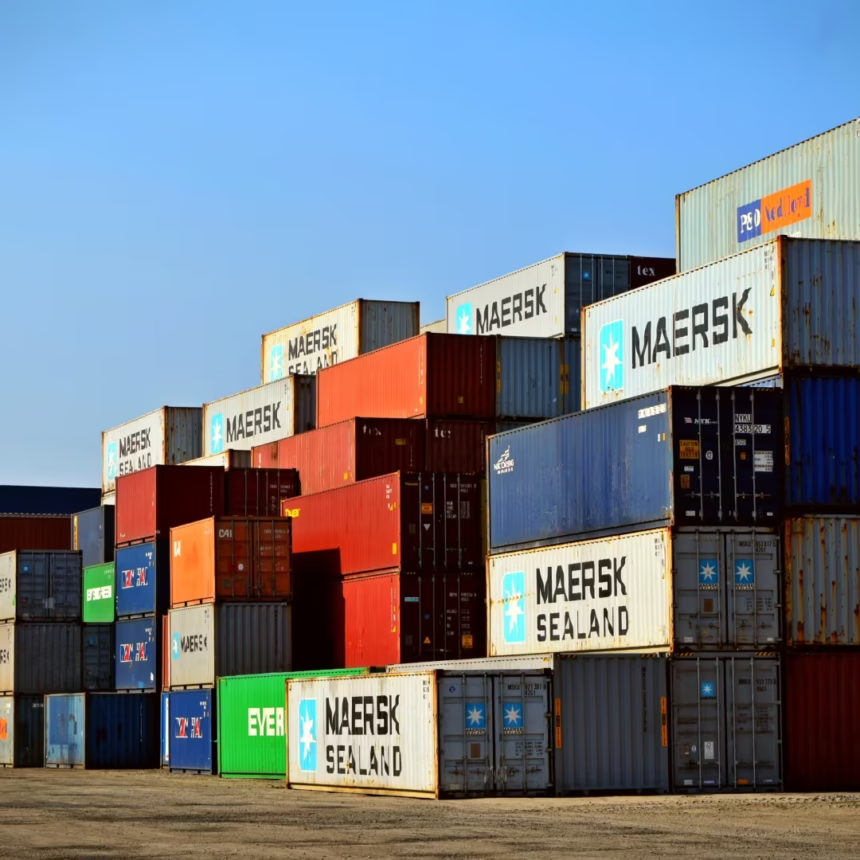Real estate prices are rising in a city with limited space, and urban development faces logistical and regulatory hurdles; alternative solutions are gaining attention. One of the most promising ideas explored is the adaptive reuse of shipping containers. With an increasing number of shipping containers for sale Philadelphia residents and planners are asking whether these steel boxes can serve functions far beyond freight transport.
Rethinking Urban Land Use
Philadelphia’s density and historic zoning constraints often make conventional construction projects slow and expensive. Developers and community leaders are beginning to ask: what if we rethought the definition of a “building”?
Shipping containers provide a modular, flexible approach to construction. Whether stacked into apartment blocks, transformed into cafes, or turned into emergency shelters, they allow vertical and lateral expansion without complex architectural redesign. These structures are being used in other cities to create temporary housing, pop-up retail clusters, and even office spaces, which suggests they could be applied to urban Philadelphia neighborhoods facing housing shortages or commercial space limitations.
Addressing Affordable Housing Needs
One of the strongest use cases for shipping containers in cities is to address affordable housing. Philadelphia has a well-documented housing affordability gap, especially for low income families. Constructing container homes costs significantly less than building from the ground up with traditional materials, and they can be assembled much faster.
Container-based housing units can also be designed with sustainability in mind. Many projects use eco-friendly insulation, solar panels, and energy-efficient lighting systems. This makes them not only cheaper to build but also cheaper to live in, reducing monthly energy costs for residents.
Temporary and Mobile Infrastructure
The need for flexible infrastructure has increased following natural disasters, economic upheavals, and global pandemics. Cities now require adaptable solutions that do not rely on years-long planning cycles. Shipping containers, given their original purpose, are mobile by design. They can be relocated, repurposed, and reassembled with minimal foundation requirements.
Imagine a scenario in Philadelphia where a container-based clinic is deployed to a neighborhood with limited access to healthcare. After its mission, the same unit could be relocated and converted into a vaccination station, temporary classroom, or community center. This flexibility makes them ideal for cities experiencing rapid or unpredictable change.
Regulatory Challenges and Local Resistance
Despite the benefits, legitimate concerns and logistical roadblocks to widespread adoption exist. Building codes in Philadelphia may not yet accommodate container-based structures easily. Fire safety, structural integrity, insulation requirements, and accessibility standards must all be met, permitting a complex process.
Furthermore, public perception can be a barrier. Some residents associate containers with transience or industrial aesthetics; community buy-in is crucial. Design-sensitive implementations, clear communication of purpose, and partnerships with local artists and architects can help alleviate concerns and elevate the appearance of these spaces.
From Storage to Structure: A Cultural Shift
The idea of using a shipping container for anything beyond storage is a shift in mindset. However, as other cities worldwide—like London, Tokyo, and Portland—demonstrate, these structures can evolve into compelling and livable environments when thoughtfully integrated into the urban landscape.
In Philadelphia, the future of container-based development may depend less on the structures themselves and more on the city’s willingness to innovate. As real estate prices climb and demand for space intensifies, the question is not whether shipping containers can solve the city’s problems, but whether the city is ready to embrace a solution hiding in plain sight.









